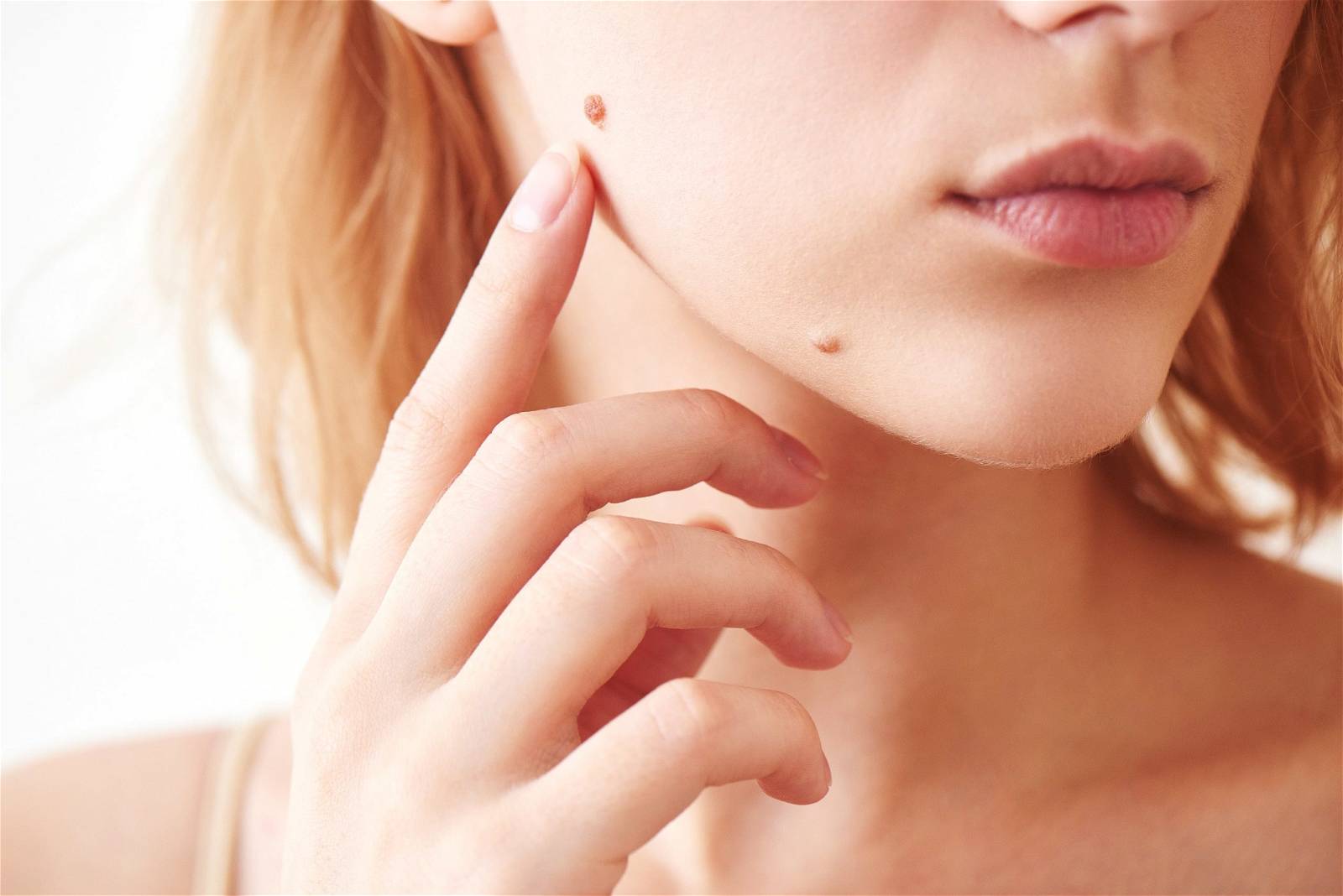You might be considering getting your moles removed due to various reasons Mole removal. It could be because of cosmetic issues or health-related problems, which raise a concern. Whatever it may be, getting that annoying spot can benefit you in many ways.
But first, before scheduling an appointment, you should know the necessary precautions to keep you safe and the process involved. There’s more to this mole removal treatment than people know, and your knowledge about this procedure is crucial in choosing the best option for yourself. Keep reading to know the things that you should learn about this removal process:
-
What is Mole Removal?
As you age, moles will also appear on your skin. Most of these spots don’t pose any health risks, but they need to be examined for some. This removal treatment eliminates moles in your skin with little to no scarring.
It is entirely different from mole biopsy. This procedure removes those spots in any part of your body. Aside from that, you are given local anesthesia to reduce the pain during the procedure.
On top of that, this removal treatment solves your skin or cosmetic concerns. Once the mole is removed in that spot, it’ll never grow back again. So if you’re planning to get rid of your mole, this procedure is ideal for you.
However, before anything else, you should first identify what kind of mole you have to know if it needs immediate medical attention.
-
How to tell if the mole poses a health risk?
If you have a mole in any part of your body, you should examine it and ensure it’s not cancerous. In dermatology, physicians follow the ABCDE steps to evaluate and identify if the mole is indeed cancerous. Dermatologists suggest that you should regularly check your moles if it changes over time.
Asymmetry
In the evaluation process, the first step is to look for asymmetry. While examining your mole, try to look for an odd shape, color, or look in its parts. If ever you find anything strange, try to contact a dermatologist and schedule a consultation.
Border
The next thing to evaluate is the border. Usually, the outer part or the edge of the mole is a regular shape. If yours doesn’t have a definite form and is irregular, you should consider getting it examined.
Color
The color is another thing to evaluate. Moles only have one color. If it has a different color or shade, it could be a sign that something is wrong.
Diameter
Another thing that you should evaluate is the Diameter of your mole. Bigger moles pose a concern and should be examined by a doctor.
Evolving
The last thing that you need to evaluate is if it’s evolving. Moles remain the same throughout your life. It can only be a concern if it’s growing and changing in color, size, or shape.
Those are the things that you should identify and evaluate to know if your mole can cause health-related problems or not. Always make sure to check them regularly to see any changes.
-
The process
Mole removal treatment may be your solution to your skin or cosmetic problem. If you plan to schedule an appointment, here’s a walkthrough of what you should do before, during, and after the process.
-
Before
It’s crucial to seek a professional’s advice first before getting treatment. Make sure you understand the treatment to ensure your safety and best results. Before the procedure, you should not wear any makeup if the target area is on your face or neck.
Once you’re in the clinic, you will proceed to the surgery room. The area will be cleaned properly. This will be done with antiseptics, Betadine, or another similar solution, depending on the surgeon’s preferences.
Anesthetics, like lidocaine, will be used to numb the target area. The anesthetic generally takes no more than a few minutes to work. Many surgeons prefer to wait for the blood circulation in the area to decrease before starting the procedure.
-
During
Now, let’s talk about how the procedure works and what you’ll go through during the process.
If your treatment only requires removal with simple shaving without stitches, it wouldn’t take too long. The surgeon will use a knife to scrape the mole flatly or slightly below the skin’s surface during the process.
The target area will next be stitched up or burned with an electrical device to stop the bleeding. A bandage is then applied to the wound. The doctor will advise you on how to care for your wound properly.
You should be able to leave the clinic after a few hours.
However, if your treatment requires removal by excision with stitches, it will be more sensitive and take more time to be done. Excision with stitches is used to remove moles in physically sensitive regions where it can lead to scarring. The surgeon will map out the mole, then clean it, and apply a numbing solution.
The mole and the border surrounding the mole are then excised or removed using a scalpel. Stitches have placed either deep into the skin or on the surface, depending on the depth of the mole.
-
After
You need to have aftercare once your removal treatment is done.
After the operation, apply a layer of petroleum jelly (Vaseline) to the wound and cover it with a bandage. Clean the area with water or diluted hydrogen peroxide once or twice a day.
If you’re worried about scarring, there are ways in which you can avoid it.
- Avoid sun exposure
- Avoid too many movements
- Keep the area clean
- Massage the scar
- Apply pressure therapy
- How long will it take to heal?
Although a broader or deeper incision may take 4-6 weeks to heal, most treated areas recover fully in less than a month. Following this period, you should continue to cover the site from the sunlight and consider scar shrinking therapies. However, a large percentage of the patients discover that any scars left behind by excision disappear gradually after a year as the skin recovers.
-
Are you a good candidate?
You’re a good candidate for mole removal treatment if you’re bothered with the appearance of a mole or are worried that an unusually shaped or colored mole might be malignant. Regardless of age, skin type, or skin tone, most patients find this treatment safe and effective.
It is crucial to go over and examine your entire body to ensure you’re not at any risk instead of ignoring it. If you have a mole that looks odd or that’s bothering you, try to get it examined by a dermatologist. Visit reputable clinics like Utah Facial Surgical Arts and schedule an appointment.









